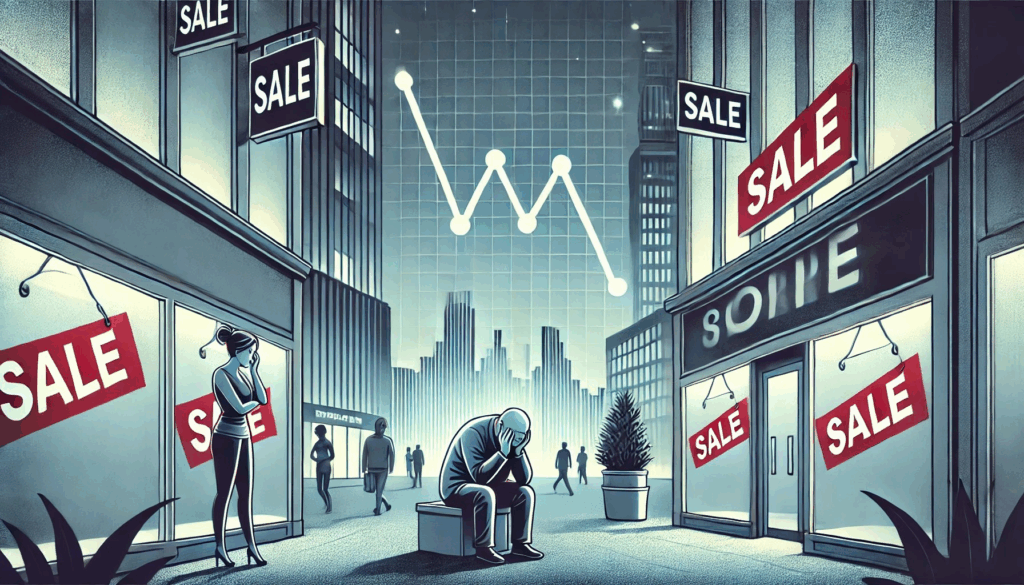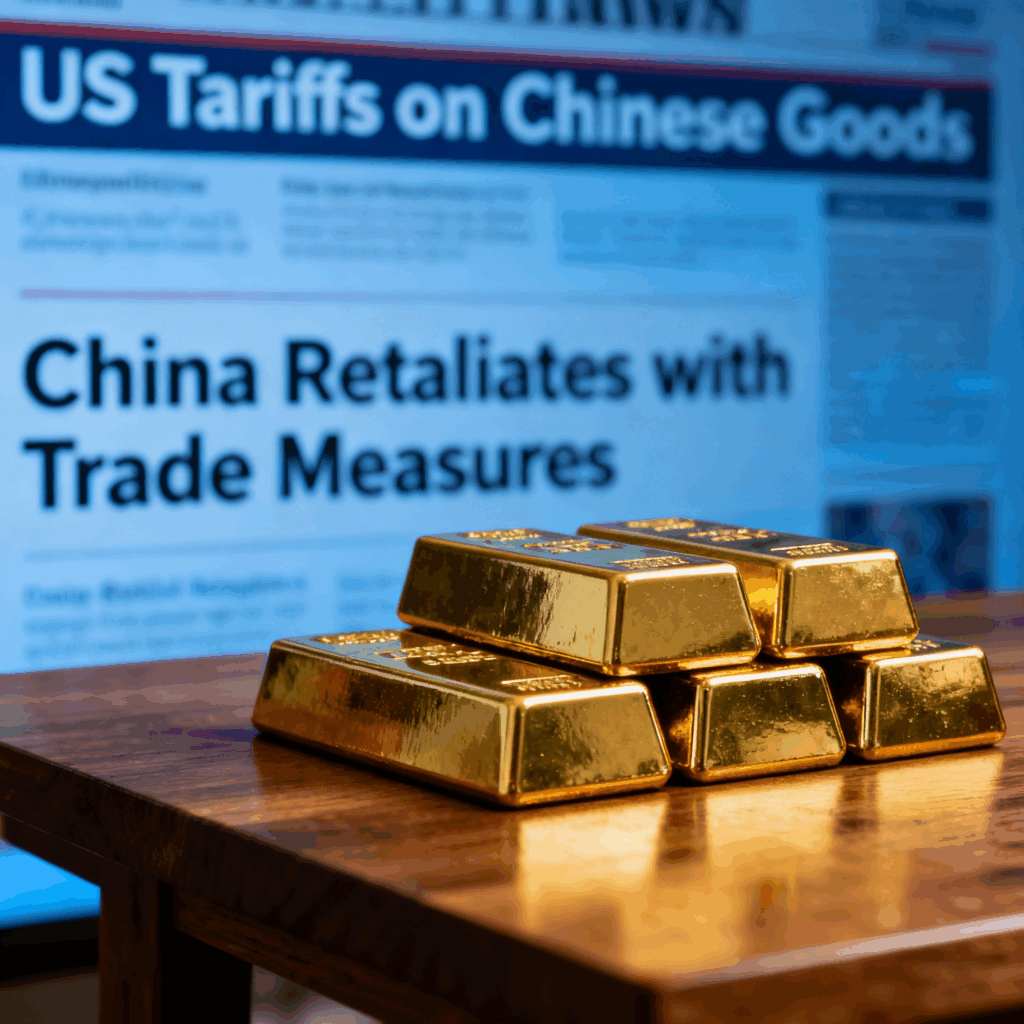S&P 500: 1.70% DOW: 1.56% NASDAQ: 2.14% 10-YR Yield: 4.01%
What Happened?
Markets managed to squeeze out modest gains this week despite a storm of trade spats, banking jitters, and headline-grabbing earnings, proving yet again that resilience thrives in uncertainty.
The negatives were front and center: renewed U.S–China trade clashes grabbed global attention, with tit-for-tat tariff threats (including a proposed 100% U.S. tariff) rattling markets and fueling volatility. Midweek, anxieties about bank lending quality resurfaced as regional banks initially sold off on fears of mounting bad loans and potential fraud cases.
Yet, on the positive side, Q3 earnings season kicked off with a bang. The big banks delivered strong results with profits exceeding expectations, helping to calm nerves and deliver relief rallies, even pulling up global indexes by week’s end. As macro fears lingered, resilient corporate profits and measured optimism from major lenders helped markets defy the doomsayers and finish the week on firmer ground.

Regional Bank Sell-Off & Fraud Concerns
- Regional banks reported “bad loans,” triggering a sharp sell-off as fears of poor credit lending practices surged after earnings releases.
- First Bank, a car parts supplier, filed for bankruptcy, with multiple banks exposed due to repeated loan underwriting.
The key takeaway – This week, financial markets experienced heightened volatility following earnings releases from regional banks that revealed concerns over “bad loans” and allegations of creditor fraud targeting institutions such as Jefferies. On Thursday, sector-wide anxiety deepened as prominent bankers faced mounting losses, driven by worries over weakened credit standards and risky lending practices within the industry.
Early in the week, First Bank, a car parts supplier, filed for bankruptcy, exposing numerous banks to losses on repeatedly underwritten loans. The revelation sparked fears of broader systemic lending weaknesses, particularly after recent declines in Business Development Companies (BDCs). Markets responded sharply, selling off as investors hesitated amidst uncertainty over the true scope of exposure.
By Friday, however, sentiment had stabilized. Banks clarified that First Bank’s bankruptcy stemmed from fraudulent actions by the company itself, rather than widespread deficiencies in credit or business practices. Reassuring earnings reports from Zions and Western Alliance regarding “bad credit” contributed to a recovery, as investors recognized the situation as an isolated incident rather than an industry-wide trend.
US & China Trade Tensions Flare
- The United States imposed a 100% tariff on Chinese exports, leading to heightened market volatility and global supply chain concerns.
- China accuses the U.S. of deliberately provoking an economic conflict over rare earth mineral controls.
- President Trump and President Xi Jinping are expected to meet in South Korea within two weeks for high-level talks aimed at addressing the trade tensions.
The key takeaway – Trade tensions between the United States and China have escalated sharply after President Donald Trump announced a sweeping 100% tariff on Chinese exports, a move triggered by Beijing’s recent tightening of rare earth mineral exports essential for advanced manufacturing and technology. The tariff, set to take effect November 1, has rattled global markets as China responded with threats of countermeasures and accused the U.S. of deliberate economic provocation, signaling a renewed risk to supply chains and broader global growth.
Despite this hostile backdrop, both sides have shown some willingness to engage diplomatically, with President Trump confirming plans to meet Chinese President Xi Jinping in South Korea within two weeks to address the conflict. Treasury Secretary Scott Bessent has emphasized ongoing dialogue and suggested there is still room for negotiation, keeping investors alert to potential progress in upcoming high-level meetings.

Gold Is Chipping Away at the Dollar’s Reserve Status
- The United States imposed a 100% tariff on Chinese exports, leading to heightened market volatility and global supply chain concerns.
- China accuses the U.S. of deliberately provoking an economic conflict over rare earth mineral controls.
- President Trump and President Xi Jinping are expected to meet in South Korea within two weeks for high-level talks aimed at addressing the trade tensions.
The key takeaway – Volatility in the global markets has sent investors flocking to gold, heightening its role as the world’s preeminent safe haven asset. Central banks have aggressively increased their gold reserves, which now account for 30% of total global reserves up sharply from 24% in June. This historic accumulation signals a declining reliance on the US dollar and intensifying concerns about inflation, geopolitical tensions, and the long-term stability of government debt.
2025 has been a remarkable year for gold, with prices repeatedly breaking all-time highs, recently surpassing $4,000 per ounce and marking some of the strongest gains since the late 1970s. The SPDR Gold Shares ETF (GLD) is up over 58% year-to-date, including a surge of more than 15% just this month. Macro drivers ranging from trade disputes and global conflicts to expectations of Federal Reserve cuts and a weakening dollar, have pushed investors toward assets perceived as “risk averse.” While this unprecedented rally has drawn in new buyers, it has also raised questions about future volatility and whether the gold bull run marks a new era in portfolio diversification or precedent for a reversal.
From Around the Watercooler

Jefferies CEO says bank was defrauded by auto parts maker First Brands
I Test Drove a Flying Car. Get Ready, They’re Here.
OpenAI’s Chip Strategy: Pair Nvidia’s Chocolate With Broadcom’s Peanut Butter
Eli Lilly and Novo Nordisk stocks fall as Trump says he wants $150 price for GLP-1s



Comments are closed